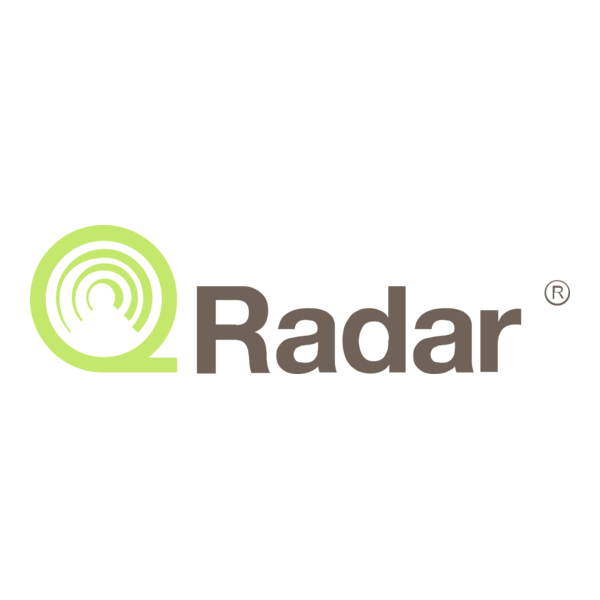## Pricing Analysis
Pricing is usually tied to data volume, storage, and the scope of protection features such as encryption, masking, and monitoring. Smaller deployments focused on specific databases or cloud workloads may pay in the tens of thousands annually, while enterprises handling petabytes of sensitive information often see costs in the hundreds of thousands or more.
Beyond licensing, expenses climb with integration into multiple cloud environments, compliance frameworks, and reporting systems. Advanced tiers often include continuous compliance monitoring, analytics, and regulatory content packs, making overall spend highly dependent on the organization’s data footprint and regulatory obligations.
## Quarterly Trends & News
| Theme | Update |
|-------|--------|
| **DSPM Adoption** | Enterprises rapidly deploy DSPM to map sensitive data, detect exposures, and automate fixes across hybrid environments. |
| **Encryption & PQC** | NIST’s post-quantum cryptography standards drive planning for hybrid cryptography to protect long-lived archives. |
| **Regulatory Pressure** | EU DORA (Jan 2025) mandates stricter resilience in financial services; California expands CCPA penalties and data-broker enforcement. |
| **Insider & Automation Risks** | Shadow exports, BI extracts, and AI model training datasets accelerate demand for DDR to detect and contain anomalous behaviors. |
| **Confidential Computing** | Trusted Execution Environments (TEEs) and AI “data clean rooms” enter production, enabling privacy-preserving analytics and collaboration. |
## Common Terms & Definitions
| Term | Definition |
|------|------------|
| **DSPM** | Continuous discovery and classification of sensitive data across environments, highlighting exposures, permissions, and policy drift. |
| **DDR (Data Detection & Response)** | Data-layer analytics that detect unusual activity (e.g., mass downloads, risky exports) and trigger automated response. |
| **Confidential Computing** | Securing data in use by isolating workloads in hardware-based Trusted Execution Environments (TEEs). |
| **Tokenization / Masking** | Replacing or obscuring sensitive values to enable safe use in analytics, testing, and non-production environments. |
| **Post-Quantum Cryptography (PQC)** | Next-generation cryptographic standards designed to resist quantum attacks, now entering enterprise roadmaps. |
| **BYOK / HYOK** | “Bring Your Own Key” or “Hold Your Own Key” models where customers, not providers, retain control over encryption keys. |




